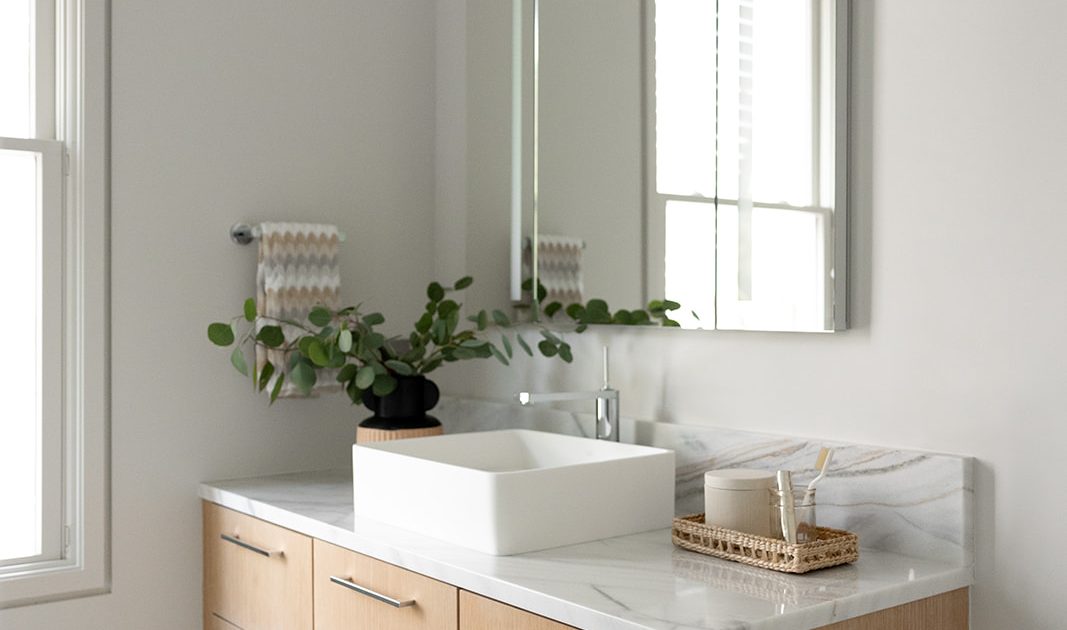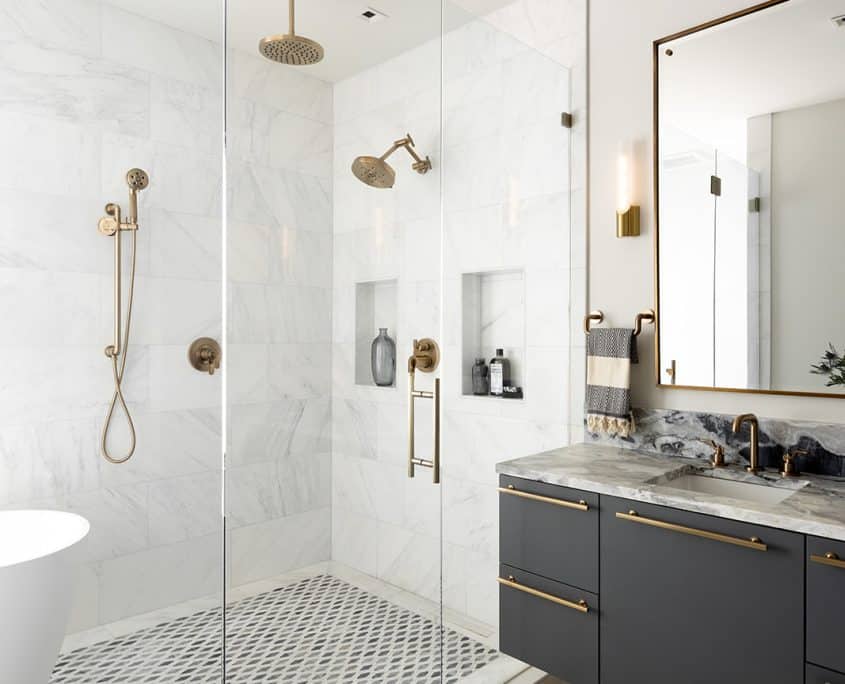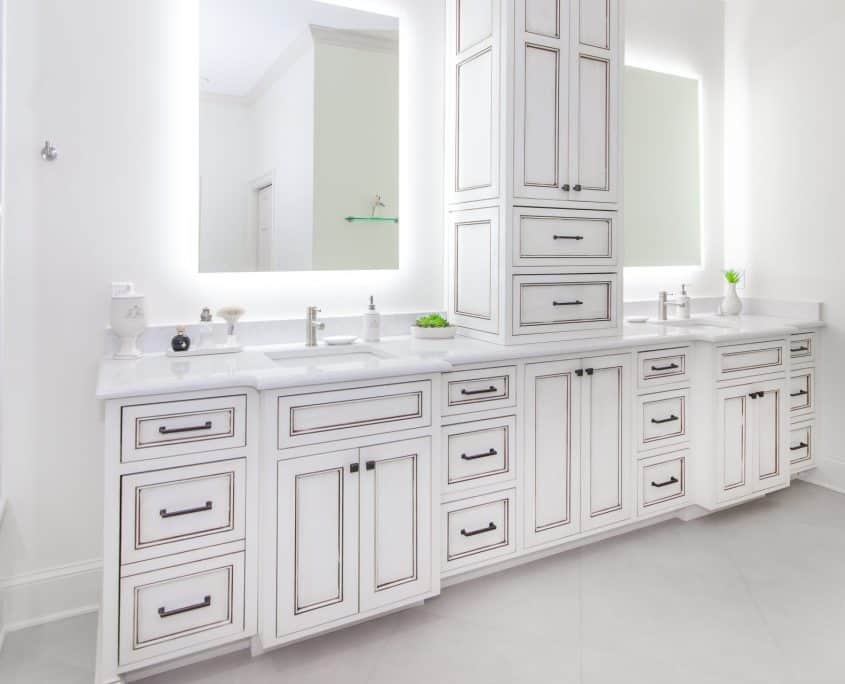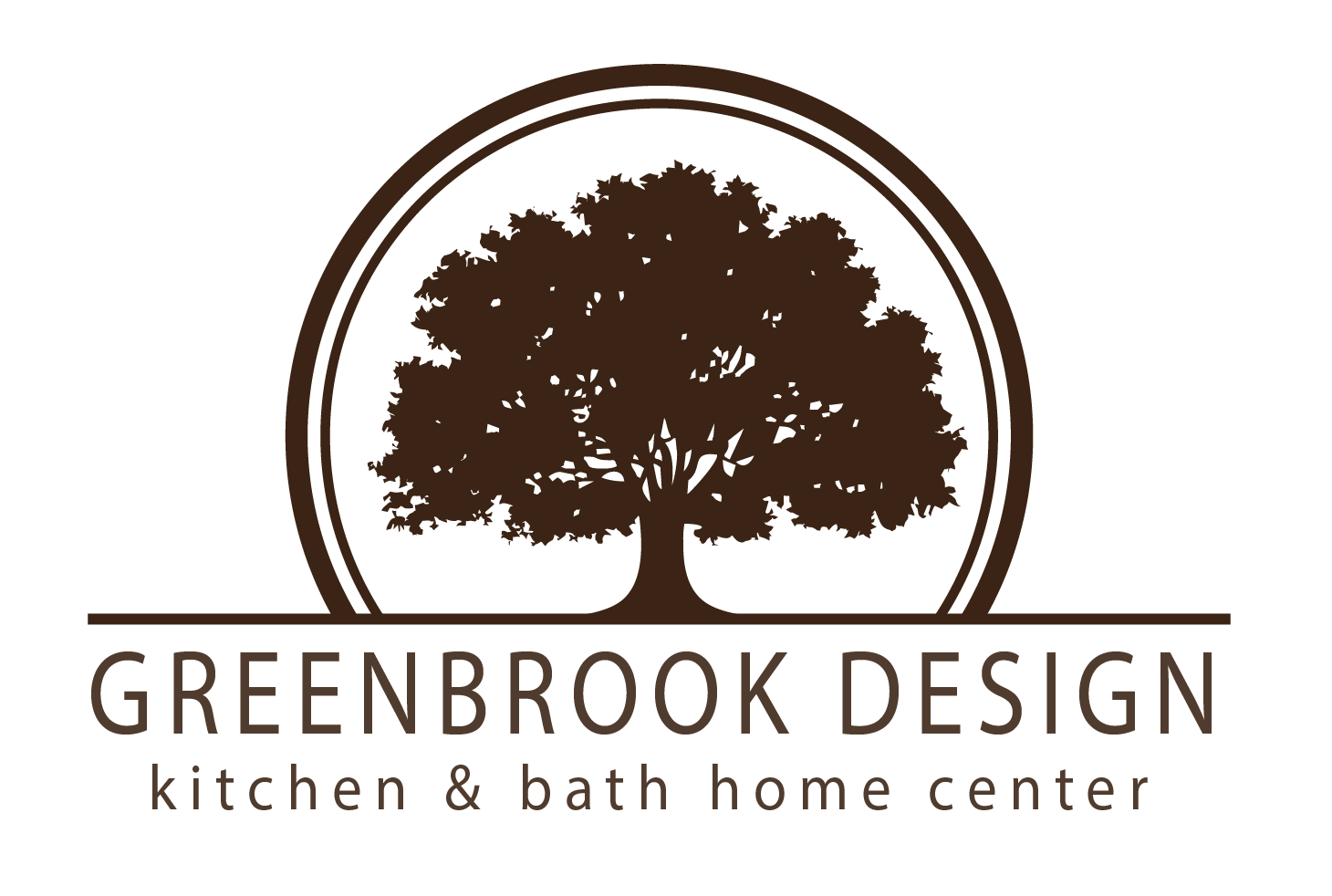 Post by Stacey Walker. Stacey mostly works behind the scenes for Walker Woodworking, managing day to day operations, and marketing. Stacey has helped many clients create their dream space.
Post by Stacey Walker. Stacey mostly works behind the scenes for Walker Woodworking, managing day to day operations, and marketing. Stacey has helped many clients create their dream space.
Are Bathroom Remodels Worth it?
From basic hygiene needs to taking that final look in the mirror before heading out for the day, our bathrooms are an essential part of the home. It’s time to renovate if you dislike being here or are annoyed by how small and impractical it is. At times, homeowners wonder if it is worth the trouble to even do a renovation and the short answer is yes. Today we will address some of the common questions about the beginning of a bathroom renovation as well as how to choose the correct components to design the ideal space for you.
Will remodeling a bathroom add value?
Of all the home remodeling projects, renovating your bathroom can provide the highest return on investment (ROI), which increases the overall value of your home. Some of the best areas to renovate include, flooring, vanity, shower, and tub. If you are looking to sell your home, a bathroom renovation could be your most profitable decision.
Where to start when designing a bathroom
The first step after you decide to move forward with your bathroom renovation is to create a plan. Evaluate your current space and write down any problem areas or things you would like to add, such as a dressing table. Take time to browse places like Pinterest for inspiration on details such as hardware, colors, and tile. This will help streamline the process and let your designer know which direction to go in. Budget is the next key element in any renovation, which helps guide the entire project, including materials and design selections. This is also the time to decide which items are at the top of your renovation list. Do you want a larger vanity with more storage options, or are you looking to replace the shower and tub combo with their own individual units? Understanding the answers to these concerns will help you start your bathroom makeover off on the right foot.
How to design a bathroom layout
Whether you are renovating your master or guest bathroom, layout is a fundamental part of the design process. Assessing your needs and how many people will use this bathroom is an excellent place to start. Functionality and the amount of space available are also helpful aspects of the project to keep in mind. Ask yourself if this is your main bathroom. Will two people need to use it at the same time such as you and your spouse or will siblings be sharing it in the morning? What products will need to be kept here? Answering these questions provides you with a starting point. If designing for children who need to use it in the morning at the same time, consider placing the shower and toilet in their own space with a door. This allows one person to shower privately while the sink is used by someone else. Planning for storage is a dominant component of effective bathroom design as well. A good designer can help you discern which layout will make the best use of your space and suit your specific needs.
Bathroom design considerations
There are several important design components that must be considered when starting your bathroom renovation. One is knowing if this will be your forever home. Aging in place is a common term in the design world that refers to selecting materials that enable you to live in your home safely and independently. Ideally, the master suite will be located downstairs, eliminating the need to go up and down a set of stairs. Flooring is another important area to help prevent falls due to slippery surfaces from water and condensation. Choose flooring that is non-slip or has textured tile options. Tile is also a good choice because it can withstand the hot, steamy environment, repels water, and can be cleaned easier than other materials. Having some additional space for easier movement makes it easier to use a walker or even a wheelchair later, if needed. In addition to aging in place, certain things, like door placement, should be given sufficient thought, specifically for a hall or guest bath that can be seen by guests. If possible, try to have the door open to an attractive feature, such as the vanity, instead of the toilet. You’ll ultimately save time and money if you know which design components are most important to you and create the ideal layout.
Which bathroom design style for you
Style matters, particularly in essential spaces like the bathroom, so selecting the one that is right for you is important. In the last few decades, the list of choices has expanded dramatically and includes:
- Minimalist: a popular design style for several years, minimalist focuses on natural light and clean lines. Functionality is another key area for both how a piece will be used and storage options. Neutral colors and simple or no hardware are the go-to looks.
- Coastal: Blues and greens are a natural fit when looking to have a calm or relaxed vibe in your bathroom, which blends perfectly with a coastal style bathroom. Mirrors tend to be circular, and whitewashed beadboard is frequently utilized on the walls or just as an accent given that it is inspired by the beauty of the ocean. Turquoise, sandy beige, and sea green are all great color options for this style.
- Traditional: considered a classic, traditional embraces a formal but comfortable design approach. Whites paired with brass fixtures or hardware can make a stunning statement, plus it is a good choice if you are flipping or looking to sell the home.
- Modern Farmhouse: A bit of old world woven with a touch of today makes the modern farmhouse style a beautiful option. Wood elements, aged brass finishes, and vintage lighting are the perfect elements that bring out the best in this design.
- Transitional: A mix of traditional and contemporary, transitional blends the best of both for a classic yet more relaxed look. Pattern and texture are more present in this design style so don’t be afraid to try out a more bold floor tile, some wallpaper, or bring a few pops of color to the bathroom.
- Rustic: Although often seen in a mountain cabin, the rustic style can offer warmth and character wherever you live. Textured tile in the shower or a vanity built from reclaimed wood are beautiful ways to bring a rustic vibe to your bathroom. Copper accents either as a soaker tub or sink, are a great representation of this style too.
- Contemporary: A neutral color palette paired with some geometric shapes is the way to begin your contemporary bathroom design. Adding a few pops of color can create depth and visual interest, as can a few touches of metal or floating vanity.
Your bathroom should be a reflection of your unique tastes and create a pleasing aesthetic which is why it is important to select the right style for you. Your designer can be a great help in narrowing down which one is best.
Are bathroom remodels worth it?
Choosing to renovate your bathroom is a great decision and one that will give you lovely visual results as well as add value to your home. Talk to your designer about taking this important step.







